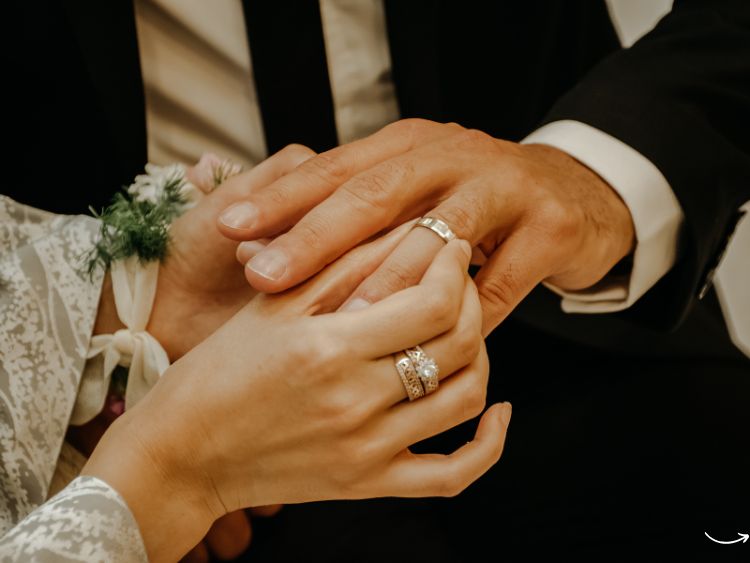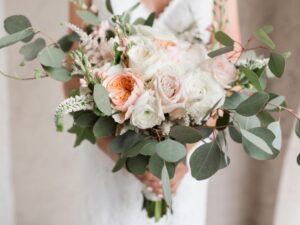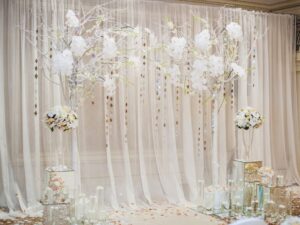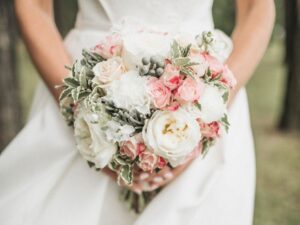Understanding the Formal Dress Code: A Complete Guide
In today’s fast-paced world, first impressions matter more than ever. Whether you’re heading to a job interview, attending a business meeting, or simply trying to make a statement at a formal event, adhering to a formal dress code is essential. But what exactly does “formal dress code” entail? Let’s dive into the nuances of formal attire, ensuring you’re always dressed to impress.
What is a Formal Dress Code?
A formal dress code is a set of guidelines that dictate the expected attire for specific events or settings. It’s more than just wearing a suit and tie; it’s about presenting yourself with a certain level of sophistication and respect for the occasion. Formal dress codes can vary depending on the event, location, and cultural expectations, but they generally emphasize clean, well-tailored clothing with a polished appearance.
Why is a Formal Dress Code Important?
The importance of a formal dress code cannot be overstated. Dressing formally shows respect for the event, the people you’ll be interacting with, and yourself. It signals professionalism, competence, and attention to detail. In many cases, adhering to a formal dress code can be the difference between making a positive impression and being remembered for all the wrong reasons.
Components of a Formal Dress Code
When it comes to nailing a formal dress code, attention to detail is key. Let’s break down the essential components for both men and women.
Formal Dress Code for Men
- Suits: A well-tailored suit is the cornerstone of men’s formal attire. Opt for classic colors like black, navy, or grey. The fit is crucial – too loose or too tight, and the suit loses its formal appeal.
- Dress Shirt: A crisp, clean dress shirt is a must. White is the traditional choice, but light blue or pale pink can also be appropriate, depending on the occasion.
- Tie: The tie should complement the suit and shirt without overpowering them. A solid color or a subtle pattern works best for formal settings.
- Footwear: Polished leather shoes, preferably in black or dark brown, complete the look. Make sure your shoes are in good condition – scuffed or worn-out footwear can ruin an otherwise perfect outfit.
- Accessories: Cufflinks, a tie clip, and a watch are classic accessories that add a touch of elegance. However, keep it simple – less is more in formal settings.
Formal Dress Code for Women
- Evening Gown or Cocktail Dress: For formal events, an evening gown or a cocktail dress is typically expected. Choose a dress that flatters your figure and is appropriate for the occasion. Colors like black, navy, or deep jewel tones are safe bets.
- Suit or Dress Suit: A tailored suit or dress suit can be an excellent choice for business formal settings. Opt for neutral colors and a sleek silhouette.
- Footwear: High heels or elegant flats in coordinating colors are essential. Ensure your shoes are clean and polished, as footwear is a crucial element of formal attire.
- Accessories: A clutch or small handbag, understated jewelry, and a scarf or shawl can elevate your look. Again, simplicity is key – choose pieces that complement rather than overshadow your outfit.
- Hair and Makeup: Hairstyles should be neat and polished, while makeup should enhance your natural features without being too dramatic. Think classic and timeless.
When to Wear Formal Attire
Knowing when to wear formal attire can be tricky, but there are some common scenarios where a formal dress code is expected:
- Weddings: Depending on the wedding’s location and time, a formal dress code might be required. Evening weddings usually call for black-tie or formal attire.
- Business Meetings and Interviews: First impressions are everything in the business world. Dressing formally for meetings and interviews shows professionalism and respect.
- Gala Events and Fundraisers: These events typically have a formal dress code, often specified as black-tie or white-tie.
- Religious Ceremonies: Formal attire may be required for certain religious events, such as baptisms, bar mitzvahs, or church services.
- Award Ceremonies: Whether you’re receiving an award or attending as a guest, formal dress is usually the standard.
Formal Dress Code Etiquette: Do’s and Don’ts
Adhering to a formal dress code goes beyond just picking the right clothes. Here’s a quick guide to ensure you’re not just dressed well but also behaving appropriately.
Do’s
- Do Pay Attention to Fit: The fit of your clothing is crucial. Well-tailored clothes can make a huge difference in how you look and feel.
- Do Iron Your Clothes: Wrinkles are a no-go in formal settings. Make sure your clothes are clean and pressed.
- Do Choose the Right Accessories: Keep accessories minimal and appropriate for the occasion. They should enhance, not overpower, your outfit.
- Do Mind Your Grooming: Ensure your hair is neat, nails are clean, and, for men, facial hair is well-groomed.
- Do Research the Event: If you’re unsure about the dress code, it’s always better to ask or look up the event’s guidelines.
Don’ts
- Don’t Overdo It: Avoid flashy colors or overly elaborate outfits. The goal is to look sophisticated, not to draw attention for the wrong reasons.
- Don’t Forget About Footwear: Dirty or worn-out shoes can ruin a formal outfit. Ensure your shoes are polished and in good condition.
- Don’t Ignore Cultural Norms: In some settings, certain attire may be considered inappropriate. Be mindful of the cultural context.
- Don’t Assume Casual is Acceptable: Even if the event seems laid-back, it’s better to err on the side of formality.
- Don’t Neglect Personal Hygiene: Fresh breath, clean clothes, and a pleasant scent are just as important as your outfit.
FAQs about Formal Dress Code
Q: What is the difference between black-tie and white-tie dress codes?
A: Black-tie typically requires a tuxedo for men and a formal evening gown for women. White-tie is even more formal, with men wearing a tailcoat and women donning full-length ball gowns.
Q: Can I wear a cocktail dress to a black-tie event?
A: Yes, a cocktail dress is usually appropriate for black-tie events, but it should be elegant and not too short. Stick to classic colors and styles.
Q: Are there any exceptions to the formal dress code?
A: Exceptions may be made depending on the event or cultural norms, but it’s always best to adhere to the guidelines unless stated otherwise.
Q: Can I wear a suit instead of a tuxedo for a formal event?
A: A suit can be acceptable in some formal settings, but for black-tie events, a tuxedo is usually expected. When in doubt, choose the more formal option.
Q: How can I make my formal outfit more comfortable?
A: Opt for fabrics that are breathable and have some stretch. Make sure your shoes are broken in, and consider bringing a change of shoes for after the event.
Conclusion: Dress to Impress
Navigating the formal dress code may seem daunting at first, but with a little effort and attention to detail, you can master it. Remember, the key to pulling off formal attire is confidence – when you look good, you feel good. So the next time you’re invited to a formal event, you’ll know exactly how to dress to impress.
Authoritative Links
- https://www.gq.com/story/mens-formalwear-dos-and-donts
- https://www.vogue.com/article/formal-dress-code-guide
- https://www.theknot.com/content/what-to-wear-to-every-wedding
This comprehensive guide on the formal dress code should provide readers with all the necessary information to navigate formal events with style and confidence.



